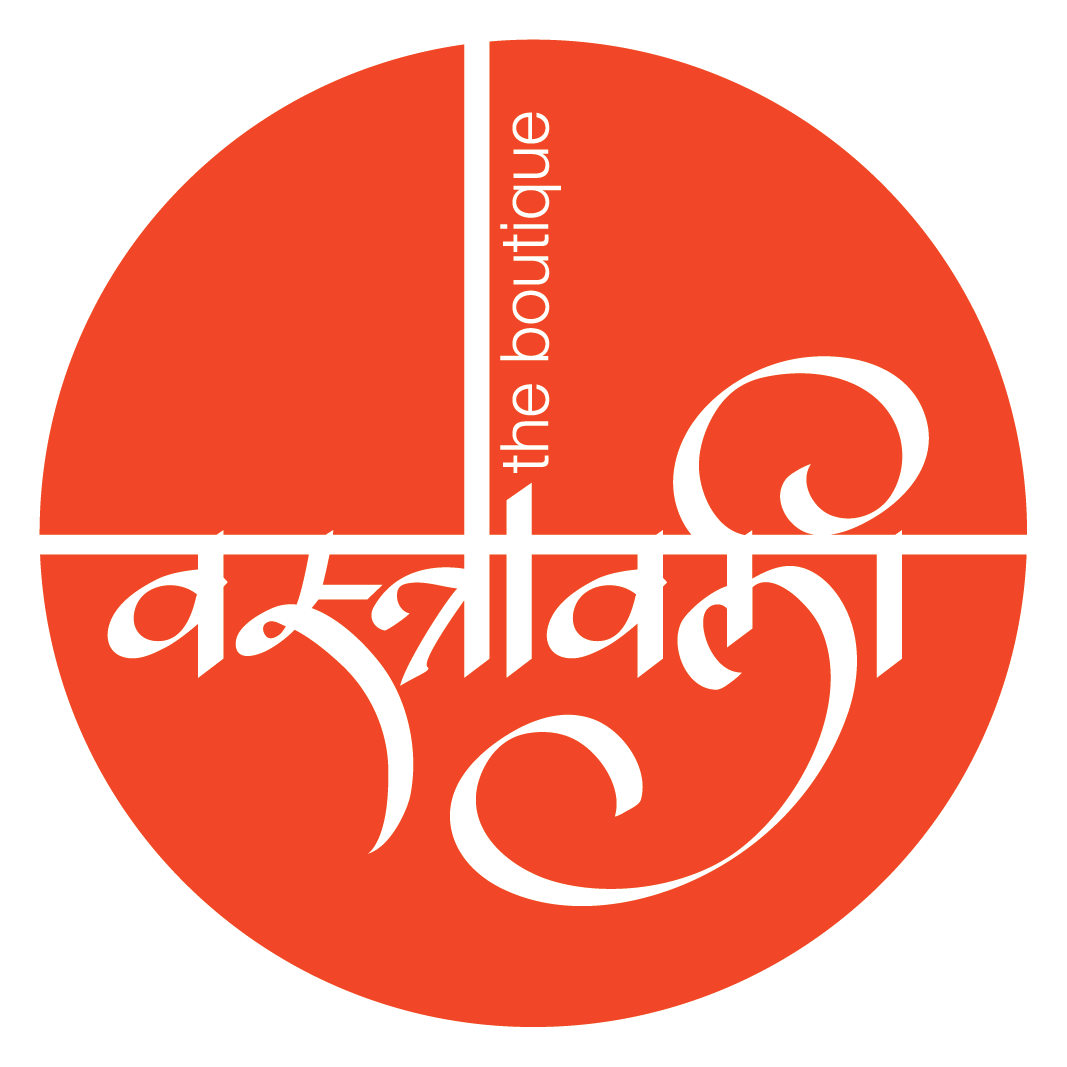The Tradition of Saree-wearing in India
India is known for its rich cultural heritage and diverse traditions. One of the most iconic and timeless traditions in Indian clothing is the saree. Worn by women across the country, the saree holds a special place in Indian fashion and has evolved over the years to reflect changing trends and styles.
The saree is a long piece of fabric, usually six yards in length, that is draped around the body in various styles. It is worn with a blouse and a petticoat, and the way it is draped can vary depending on the region and personal preference. The saree is not only a garment but also a symbol of grace, elegance, and femininity.
The Evolution of Clothing Sense in India
Indian clothing has a rich history that dates back thousands of years. Over time, clothing styles and preferences have evolved, influenced by various factors such as climate, culture, and social norms. The saree, too, has evolved to incorporate new designs, fabrics, and techniques.
In ancient times, sarees were made from simple fabrics like cotton and silk. They were often handwoven and adorned with intricate designs and patterns. As trade and cultural exchanges increased, new materials like chiffon, georgette, and crepe were introduced, adding variety to the saree collection.
With the advent of modern technology, the production of sarees has become more efficient. Power looms and mechanized techniques have made it easier to produce sarees in large quantities. However, traditional handloom sarees still hold a special place in the hearts of many Indians.
Craftsmanship of Various Craft Clusters
India is home to several craft clusters that specialize in the creation of exquisite sarees. Each cluster has its unique style, technique, and craftsmanship, making them highly sought after by saree enthusiasts.
Chanderi
Chanderi, a small town in Madhya Pradesh, is famous for its lightweight and sheer sarees. These sarees are known for their fine texture, glossy transparency, and intricate gold and silver zari work. Chanderi sarees are often adorned with traditional motifs like peacocks, flowers, and geometric patterns.
Maheshwar
Maheshwar, located in Madhya Pradesh, is renowned for its handwoven sarees. These sarees are made using a combination of silk and cotton, giving them a unique texture and drape. Maheshwari sarees are characterized by their vibrant colors, delicate borders, and reversible designs.
Dabu
Dabu is a traditional block printing technique that originated in Rajasthan. Dabu-printed sarees are made using a mud-resist dyeing process, where intricate patterns are created using wooden blocks dipped in a resist paste made of clay. These sarees are known for their unique designs, earthy colors, and rustic charm.
Bagh
Bagh, another block printing technique from Madhya Pradesh, is known for its bold and vibrant sarees. The name “Bagh” means garden, and these sarees are adorned with floral patterns and motifs. The colors used in Bagh sarees are derived from natural dyes, giving them a distinct and organic appeal.
These are just a few examples of the many craft clusters in India that contribute to the rich tapestry of saree craftsmanship. Each cluster has its unique style, weaving techniques, and motifs, making every saree a work of art.
In conclusion, the tradition of saree-wearing in India is deeply rooted in the country’s culture and heritage. The evolution of clothing sense has led to the incorporation of new fabrics and designs, while the craftsmanship of various craft clusters has given rise to a wide variety of saree styles. Whether it’s a Chanderi, Maheshwari, Dabu, or Bagh saree, each one tells a story of skill, creativity, and tradition.
